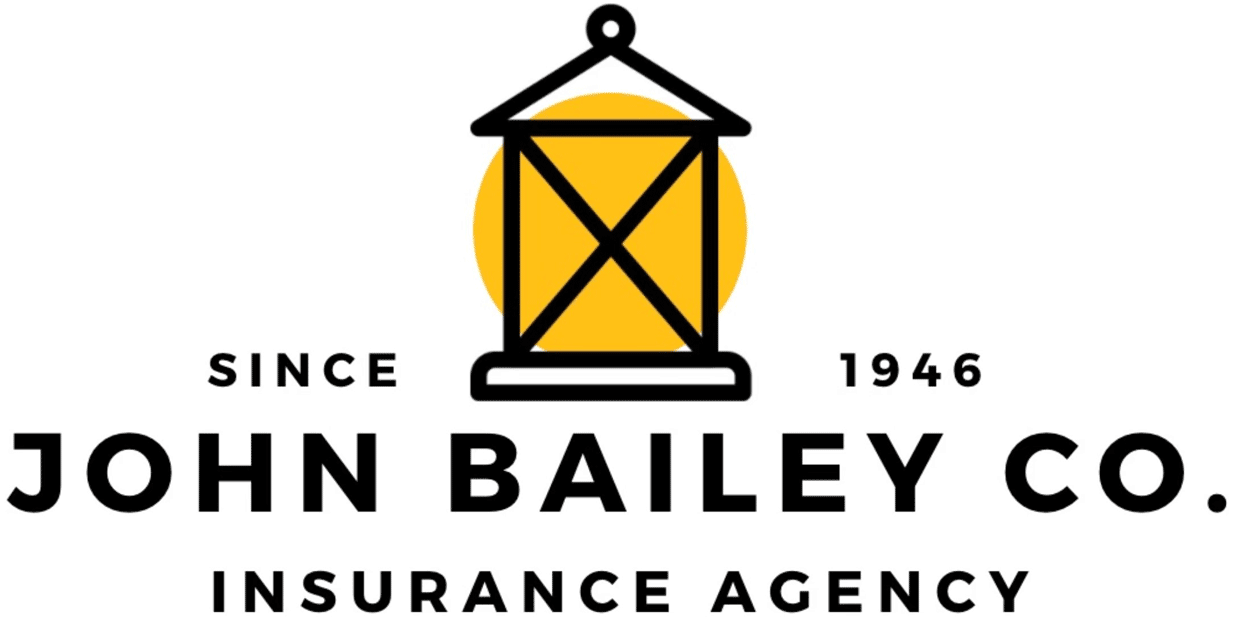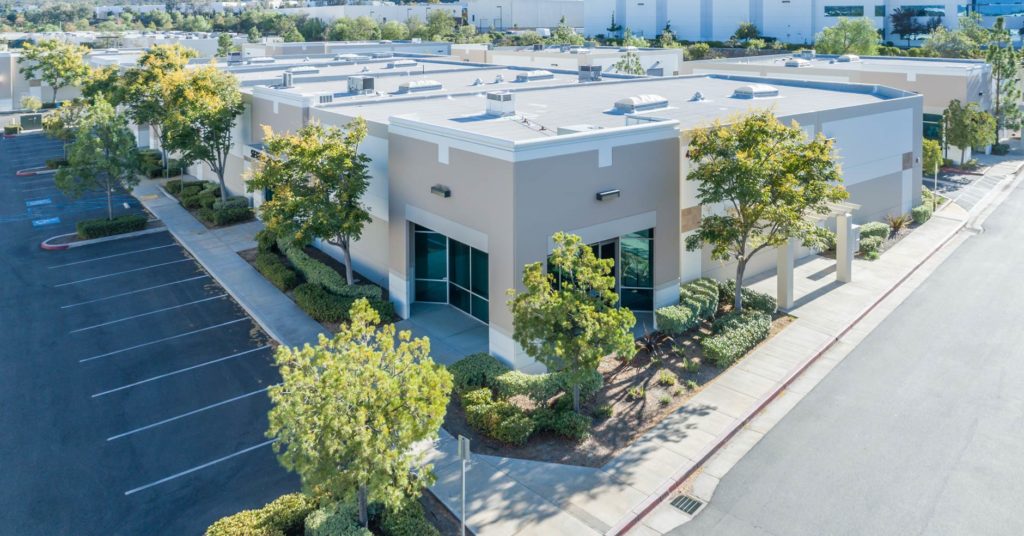Commercial property insurance is essential for protecting your business physical assets, but in today’s risk marketplace, some properties are becoming increasingly challenging to insure. Factors such as property age, location, building materials, and weather patterns are critical considerations that can make securing coverage more complex and expensive. For business owners and property managers, understanding these risks is vital to ensuring adequate protection and leveraging proactive solutions to mitigate threats.
This blog explores the specific risks that can impact insurability, offering actionable insights for business leaders seeking the most effective coverage for their properties.
Key Risks Impacting Commercial Property Insurance
1. Aging Infrastructure
Properties with outdated or deteriorating infrastructure are inherently more challenging to insure. Systems such as plumbing, electrical wiring, and HVAC often fail to meet modern safety standards, increasing the likelihood of fires, floods, and structural failures.
The solution: Conduct regular inspections to identify weak points in aging properties. Upgrading critical systems and structures can lower your risk profile and may result in more affordable insurance premiums.
2. Location and Its Challenges
The geographic location of a commercial property plays a significant role in determining its insurability. Properties in disaster-prone areas (e.g., hurricane zones, floodplains, or regions with high wildfire activity) are flagged as high-risk by insurers. Similarly, properties in urban areas may face risks like theft, vandalism, or civil unrest.
The solution: Work with an insurance expert to secure coverage tailored to location-specific risks. Installing additional safety features, such as hurricane shutters or flood barriers, can also reduce exposure and premiums.
3. Extreme Weather Events
Increasingly frequent and severe weather events are reshaping the risk landscape for commercial properties. Hurricanes, wildfires, and intense floods are becoming more common, leading to higher claims and challenges for insurers.
The solution: Implement climate-resilient upgrades, such as reinforced roofing, fire-resistant materials, and effective drainage systems, to minimize weather-related vulnerabilities.
4. Building Materials and Design
The materials used in constructing a building significantly affect its risk profile. For example, wood-frame structures are generally more susceptible to fire compared to steel or concrete. Older buildings also may have used materials, such as asbestos, that complicate repairs and increase liability.
The solution: If you’re acquiring or renovating a property, consider using fire-resistant and durable materials. Ensuring the design complies with modern building codes can also make properties more insurable.
5. Risk Mitigation and Maintenance Practices
A lack of proactive maintenance and risk mitigation poses an additional challenge in insuring commercial properties. For instance, inadequate fire suppression systems, a lack of security measures, or poorly maintained infrastructure could lead to increased claims.
The solution: Invest in preventive measures such as installing sprinklers, surveillance systems, and standout lighting. Routine maintenance and inspections also showcase your commitment to mitigating risks, making your property more attractive to insurers.
6. Property Use and Business Activities
The activities conducted on a property can also present unique risks. Warehouses storing flammable chemicals, restaurants with industrial kitchens, or spaces with high foot traffic all pose different challenges for insurers.
The solution: Follow best practices regarding specific business risks – for example, regular fire safety inspections for restaurants or securing specialized coverage for hazardous materials. Providing evidence of compliance with safety standards can significantly improve your coverage options.
Strategies to Overcome Insurability Challenges
While certain factors may inherently make properties high-risk, you can mitigate challenges with proactive steps. Here’s how to secure better policies for your business properties:
- Perform a Risk Assessment: Regularly assess property vulnerabilities and address high-priority risks. Work with a third-party expert if needed to identify hidden threats.
- Update Policies and Inspections: Ensure your insurance policies are reviewed regularly to account for renovations, new assets, or changes in property use.
- Collaborate with Insurance Professionals that Know Your Risk: A knowledgeable insurance agent can guide you toward specialized policies designed to address your property’s unique challenges.
- Leverage Advanced Technology: Integrate AI tools, IoT sensors, and predictive analytics to monitor and mitigate risks in real-time, making your property safer and more insurable.
Why a Proactive Approach Matters
Navigating the complexities of insuring challenging properties doesn’t have to feel overwhelming. By addressing potential risks head-on, business owners and property managers can secure tailored coverage and reduce financial vulnerabilities. Understanding the factors that impact insurability is the first step toward safeguarding your assets while ensuring your property remains protected, no matter what risks arise.
To learn how to better protect your business property against today’s risks, contact our team at John Bailey Company today!

